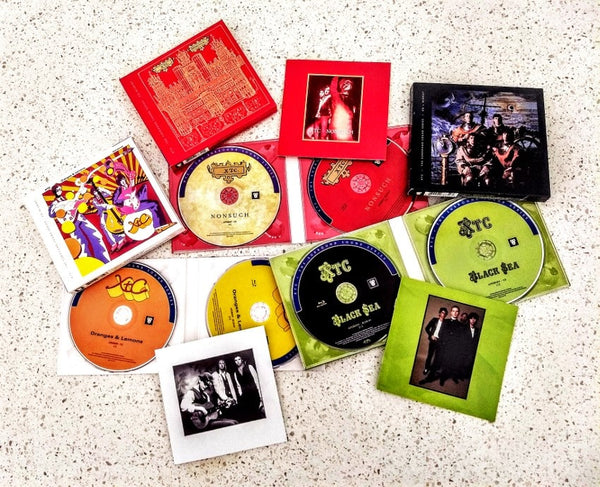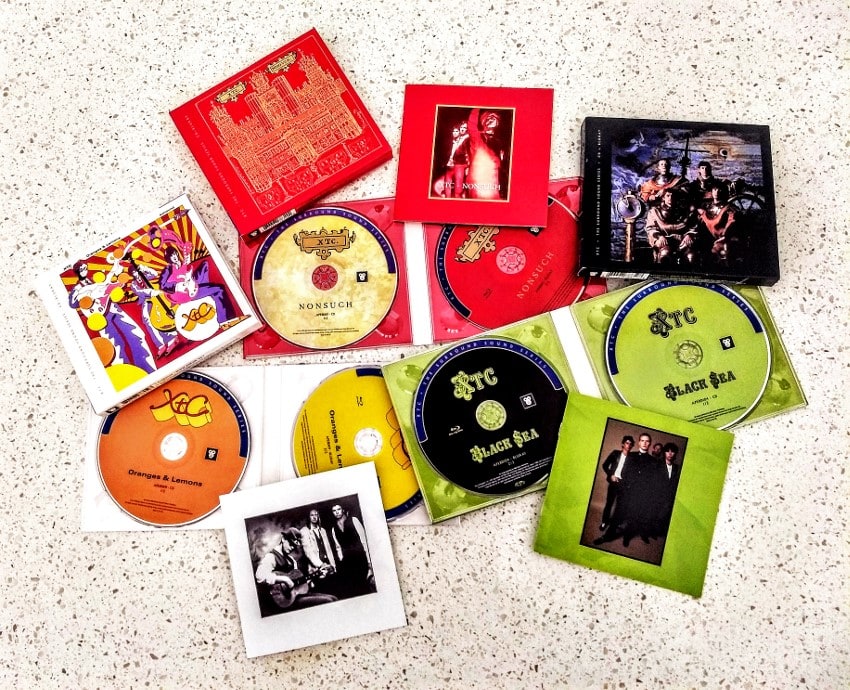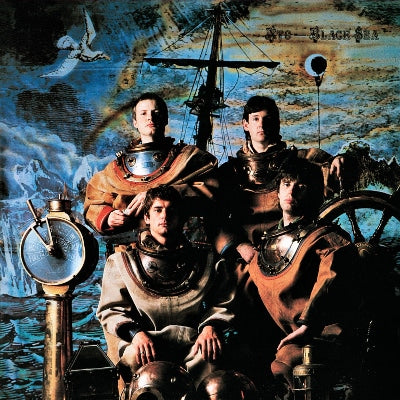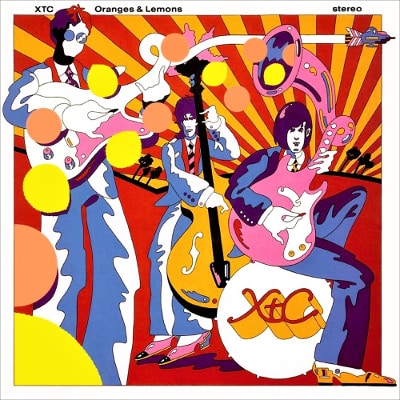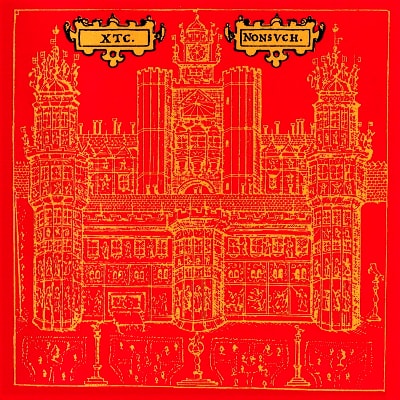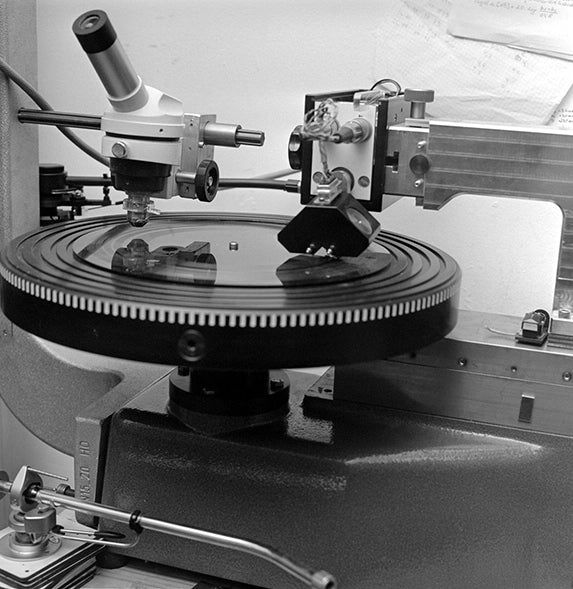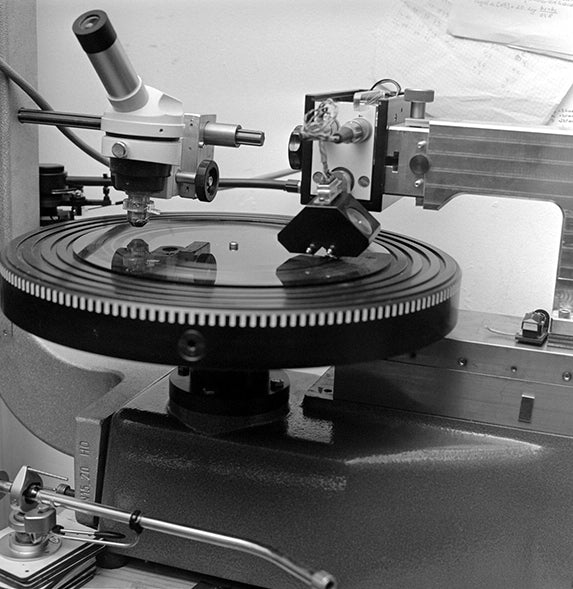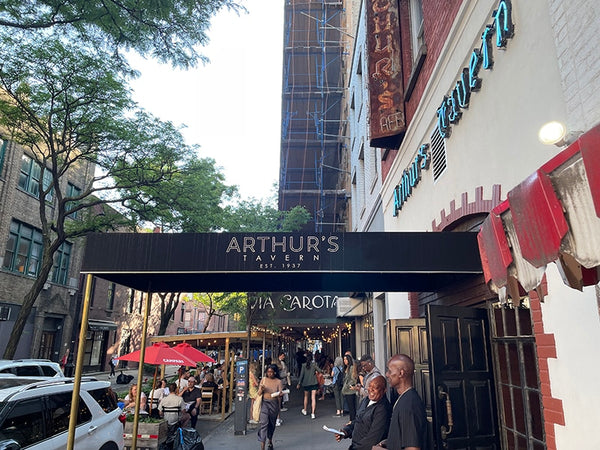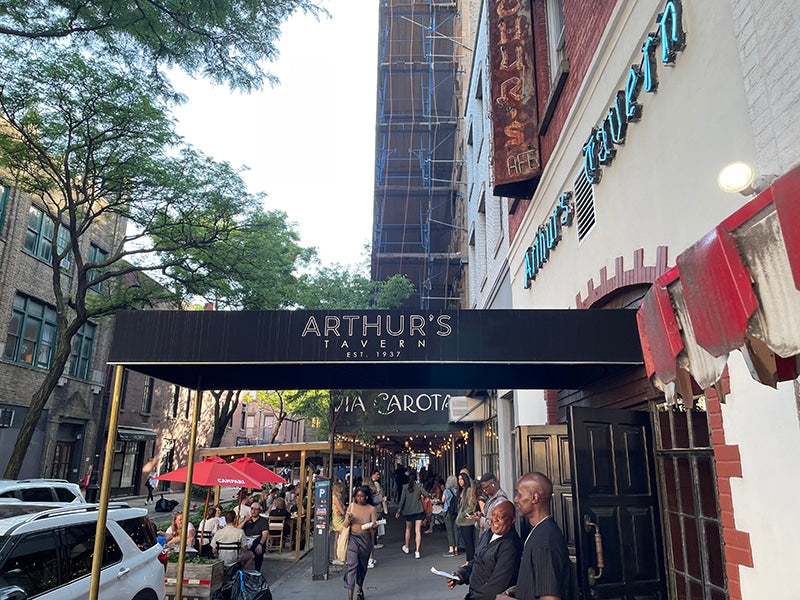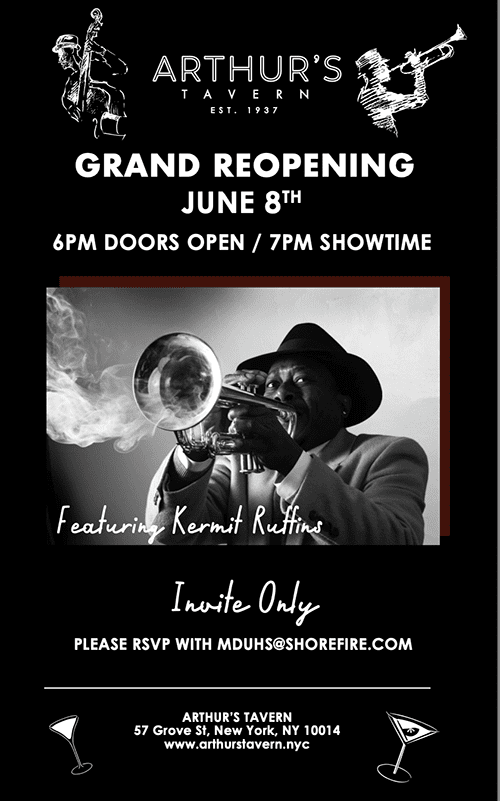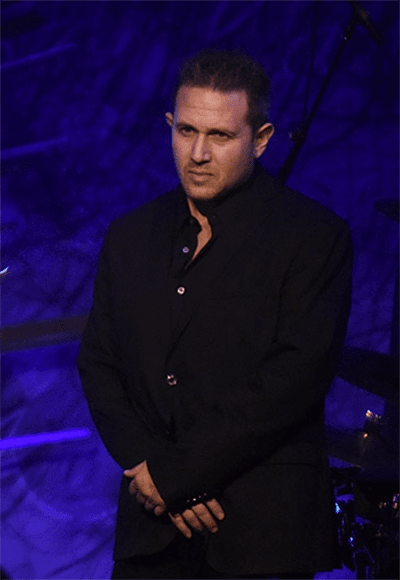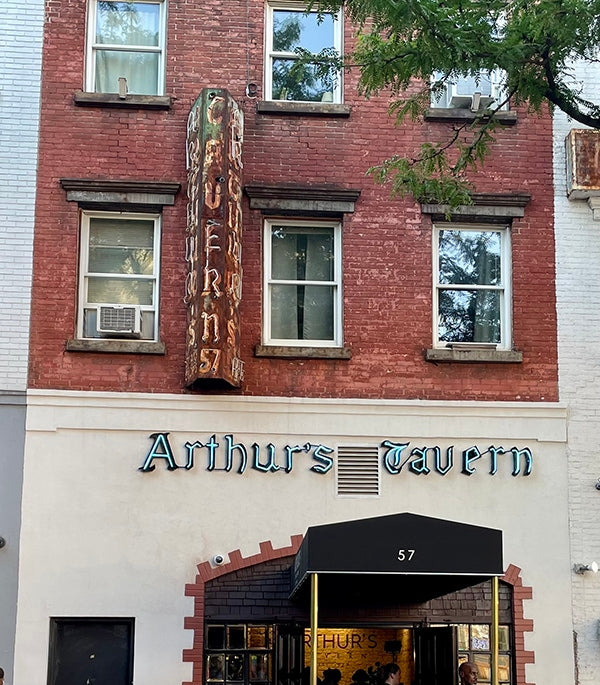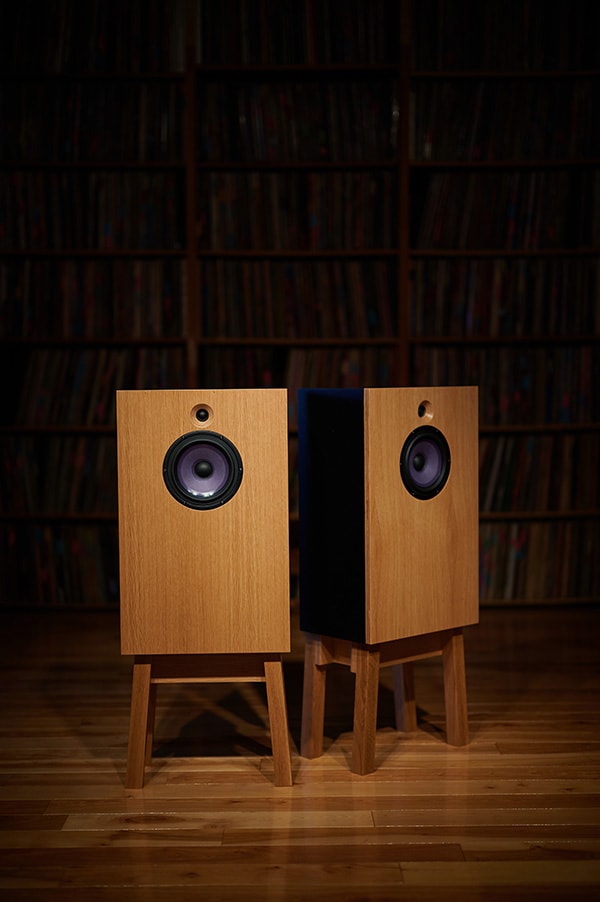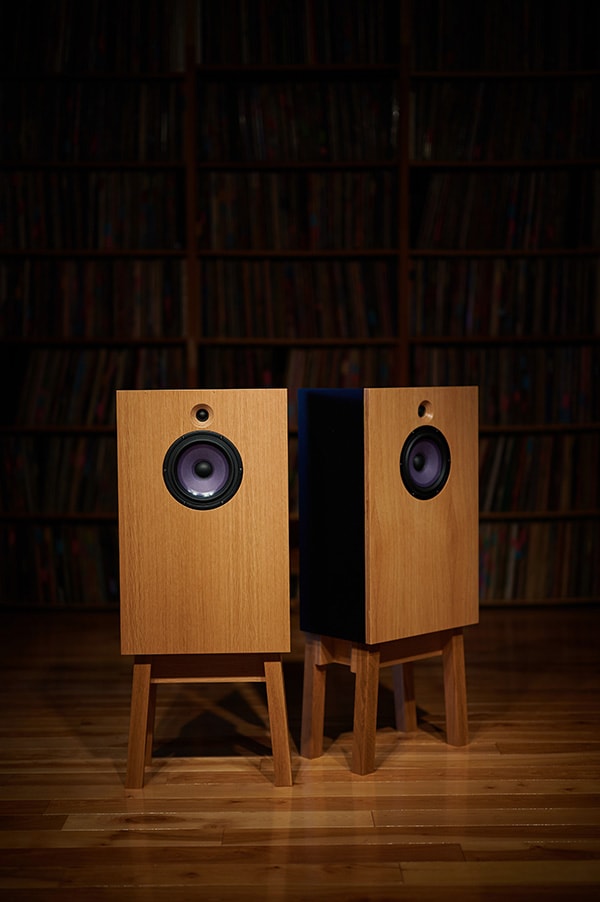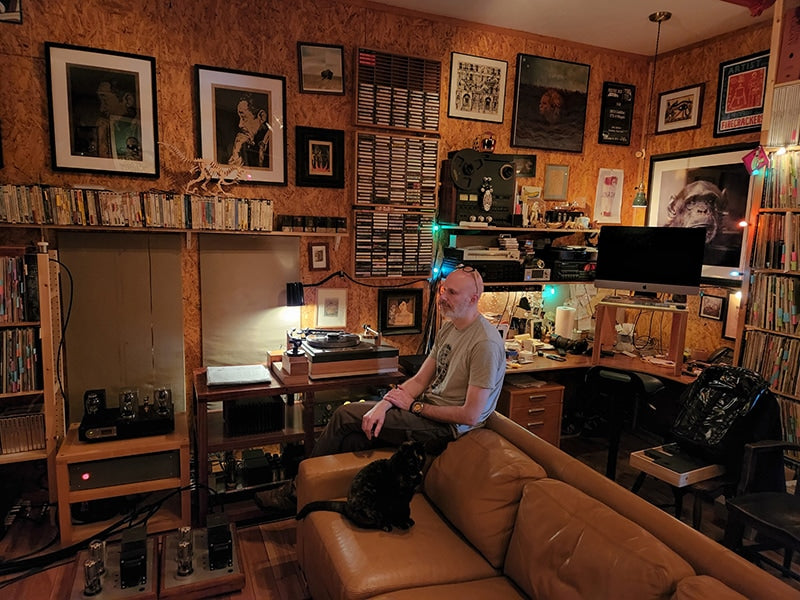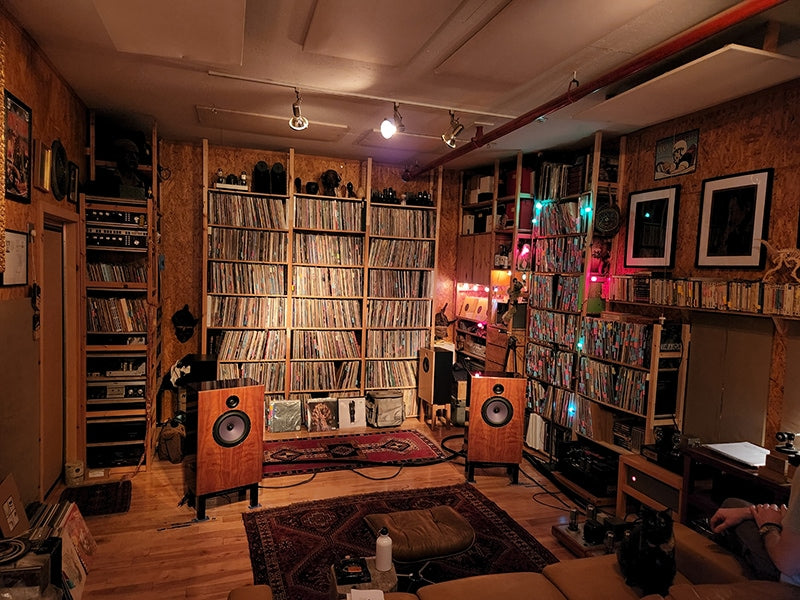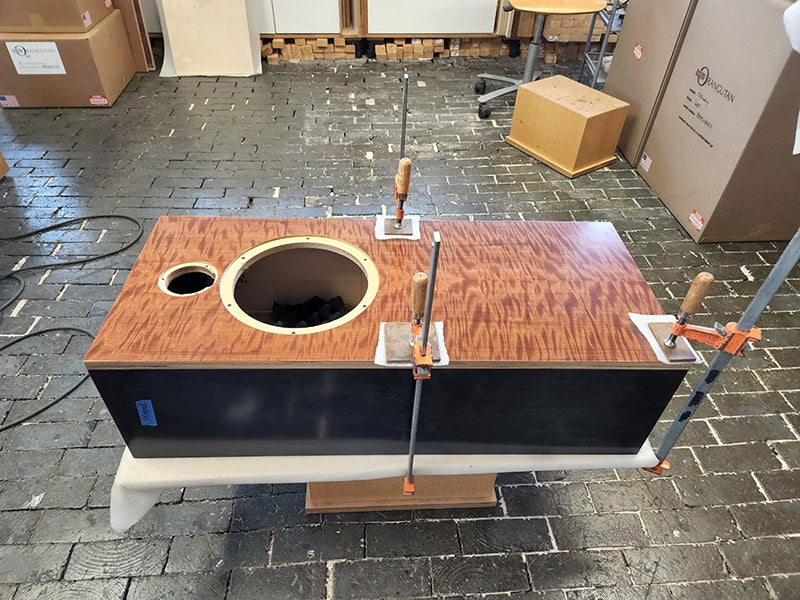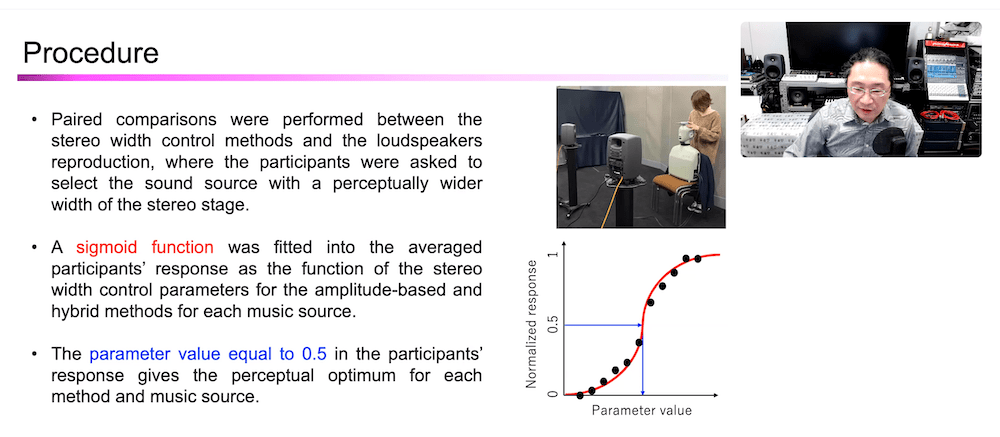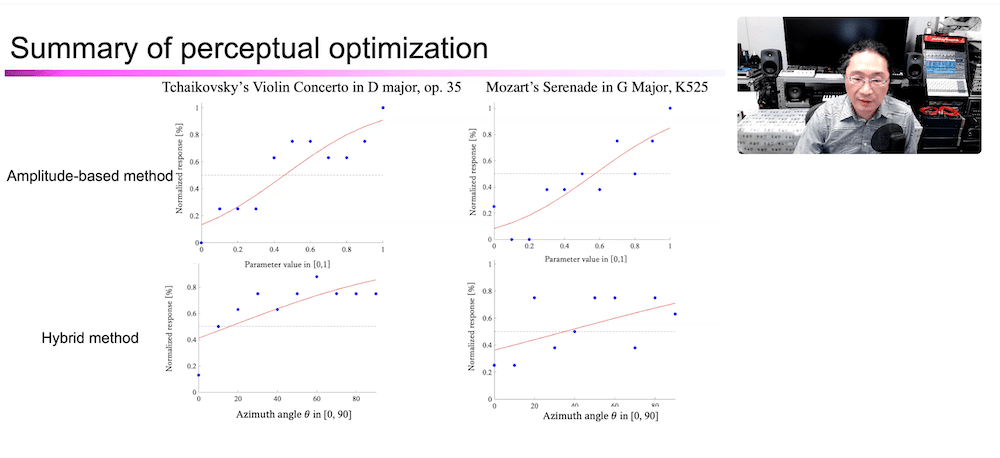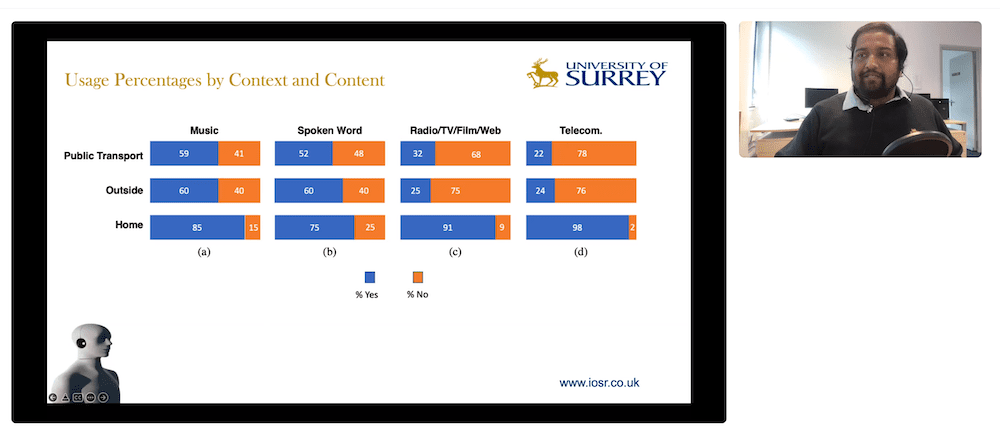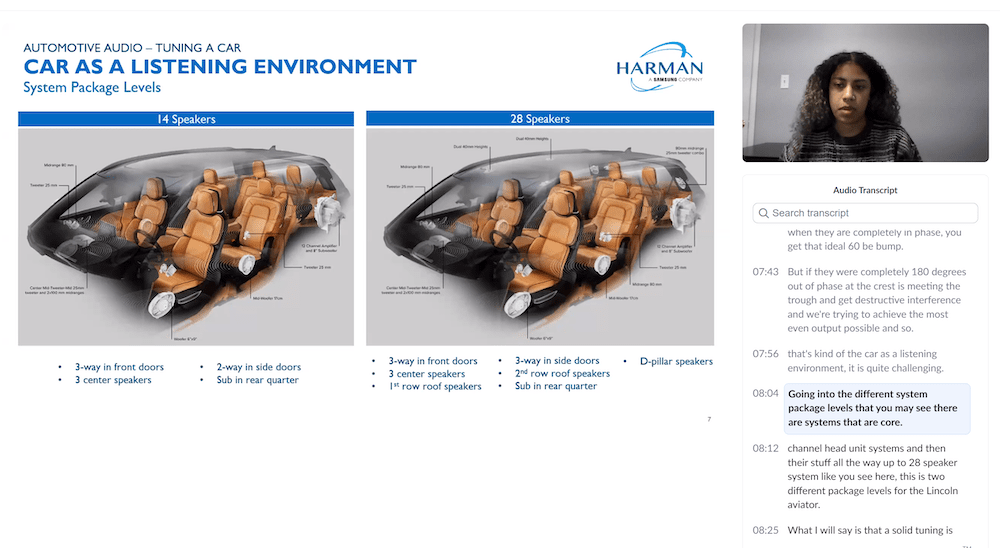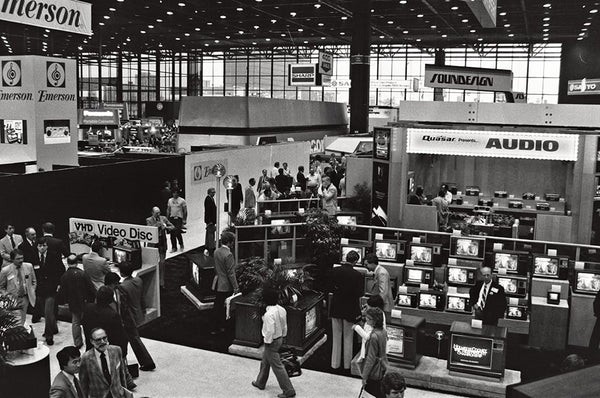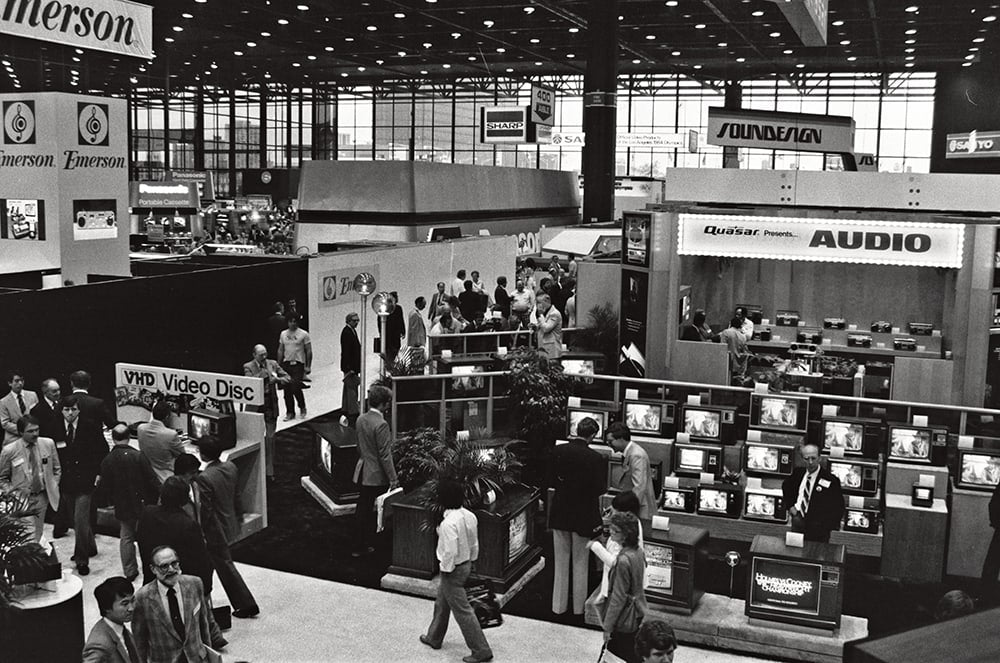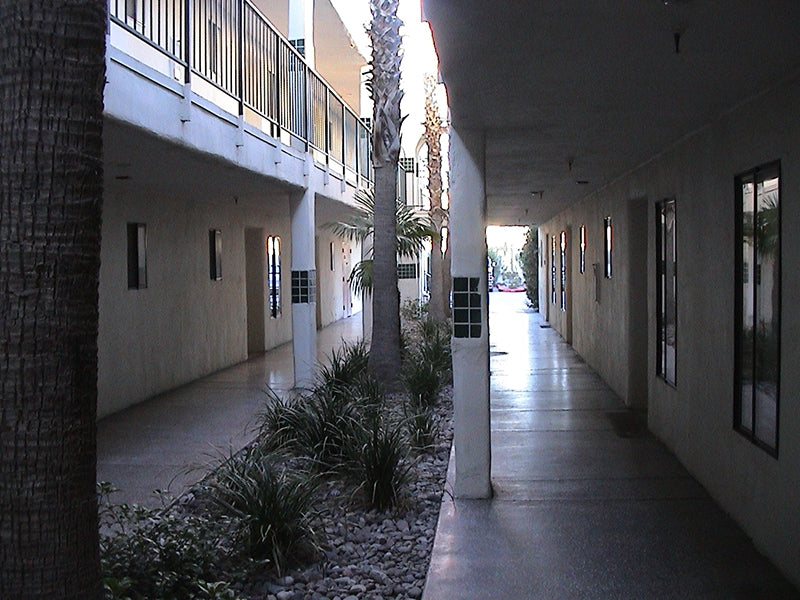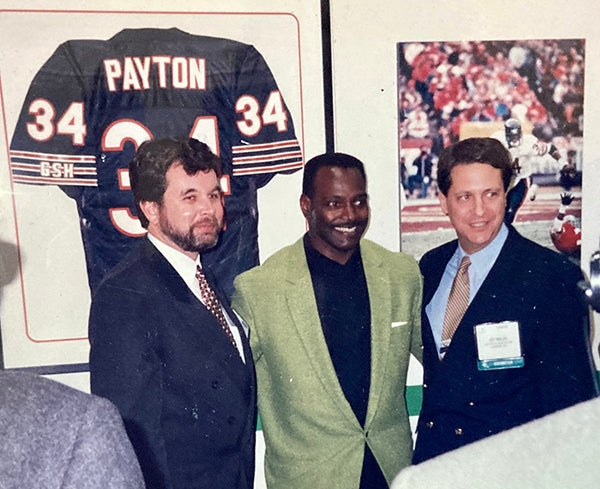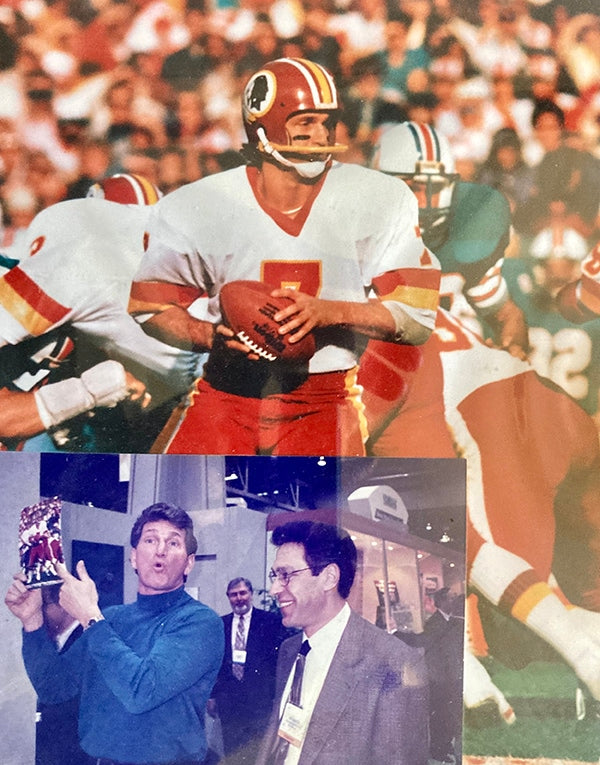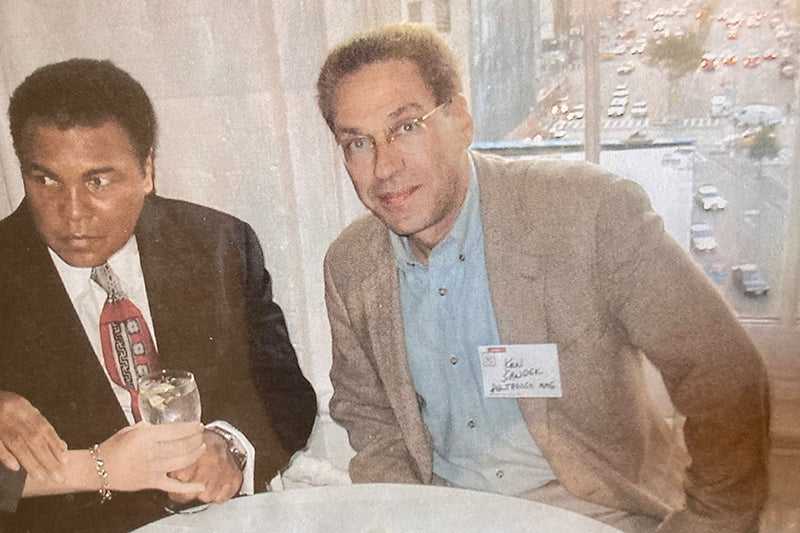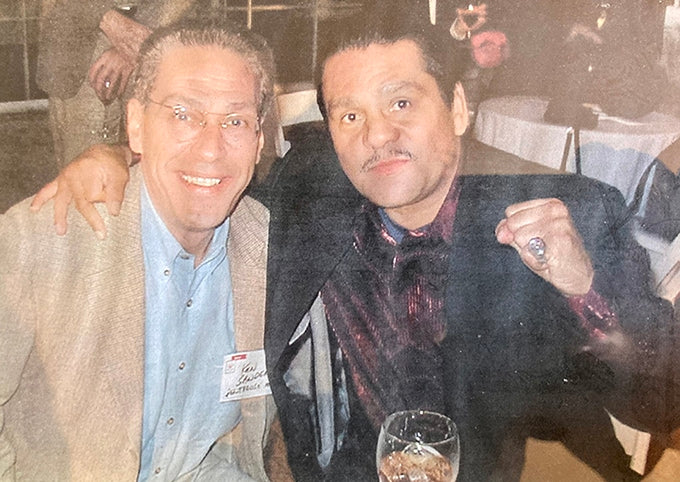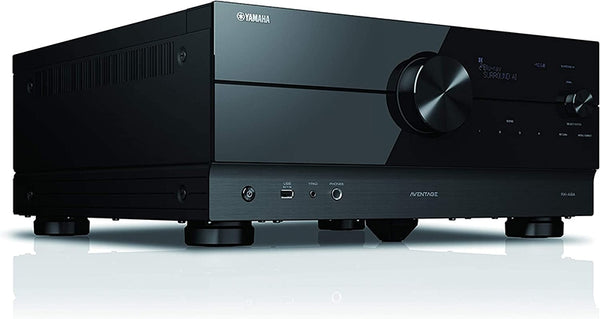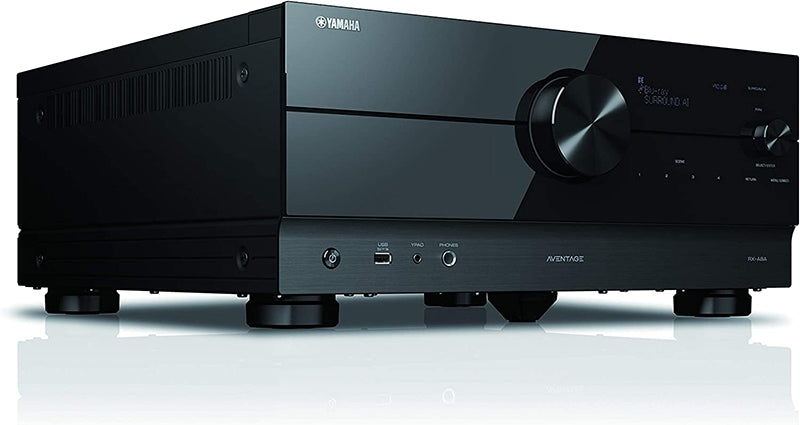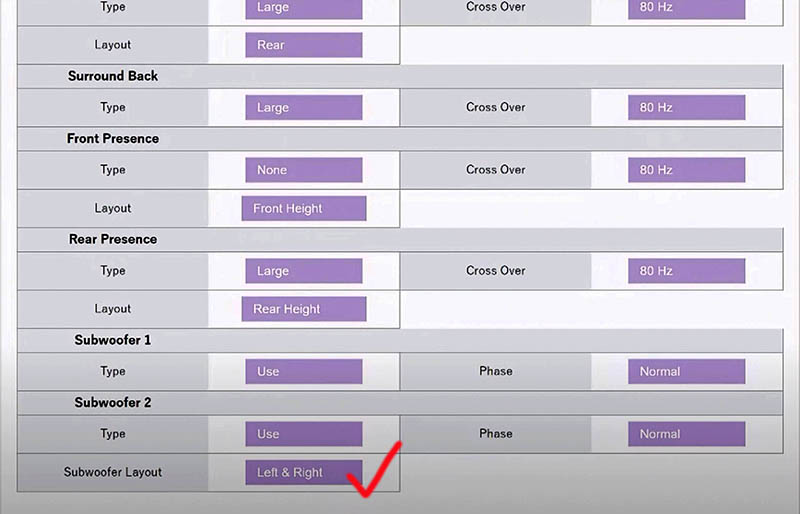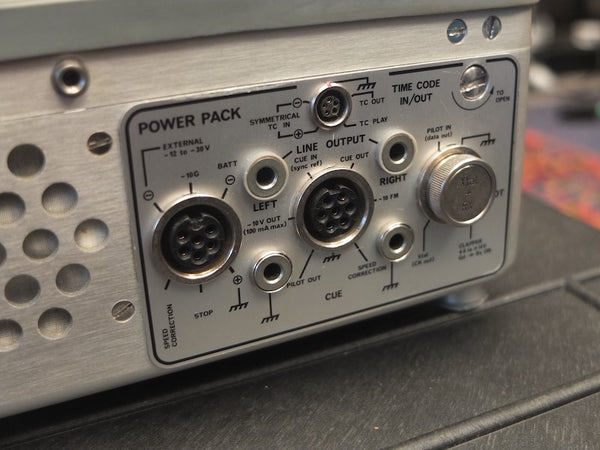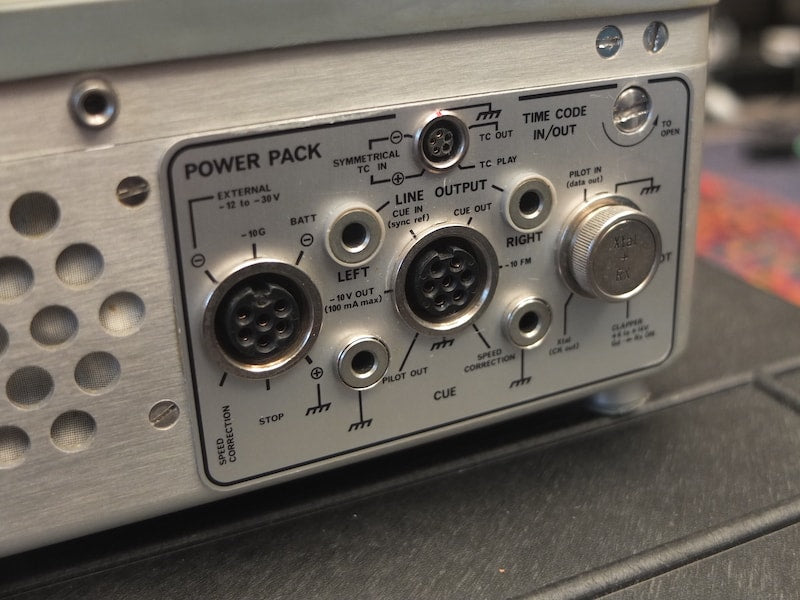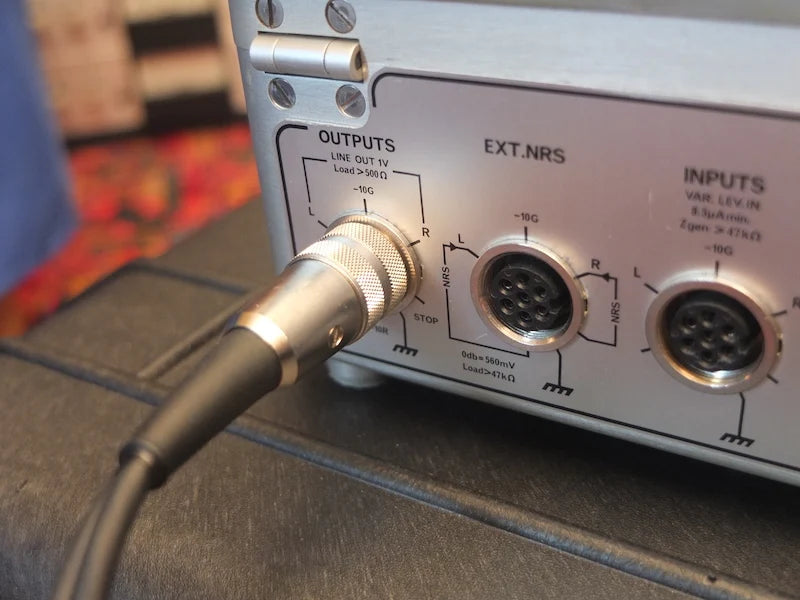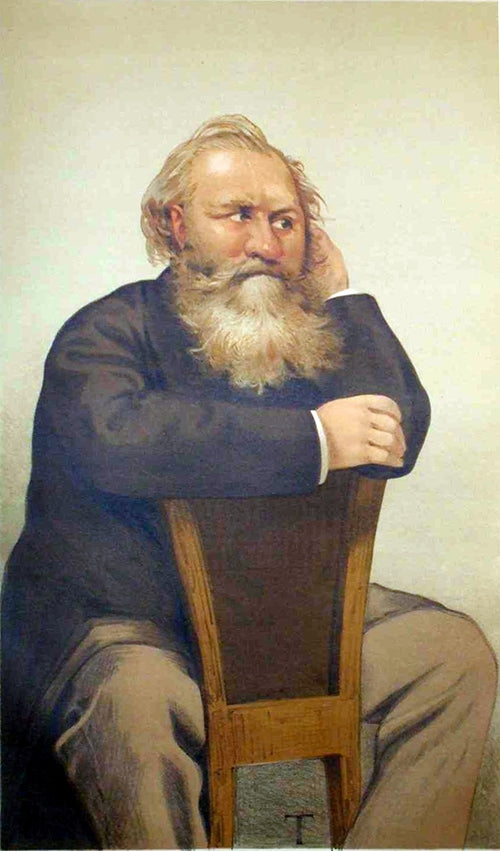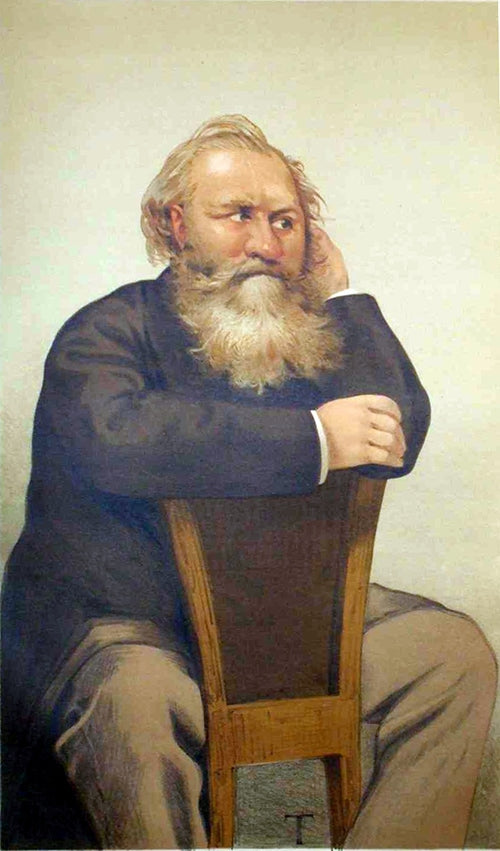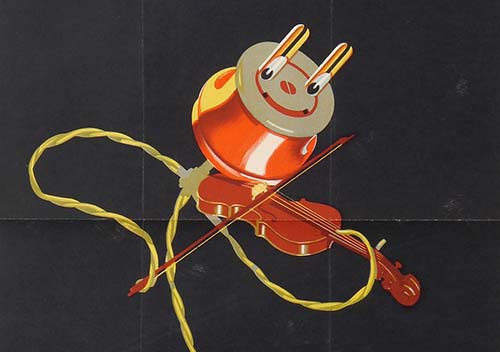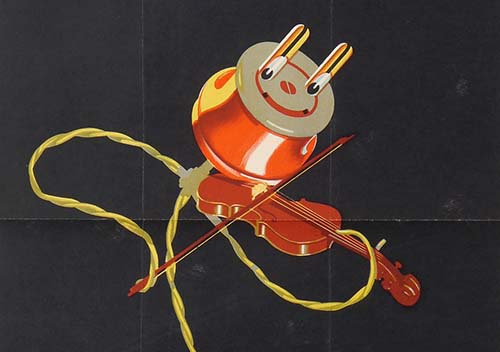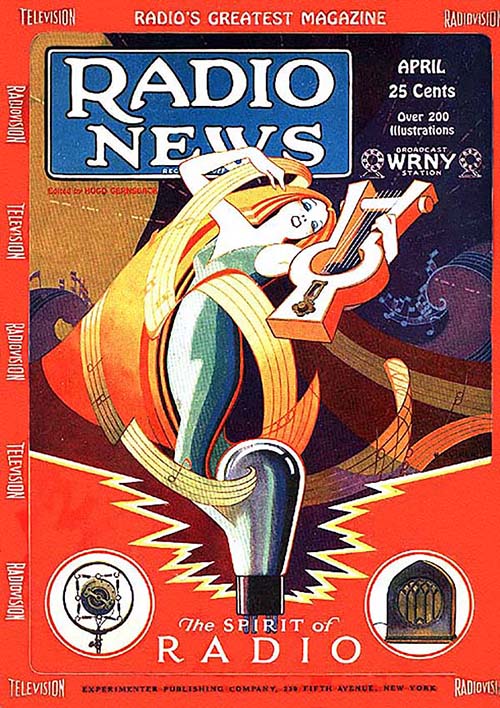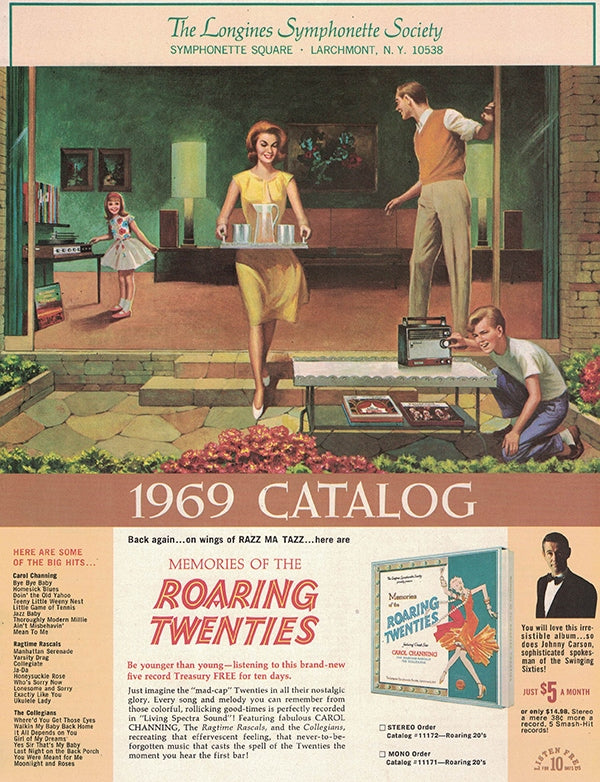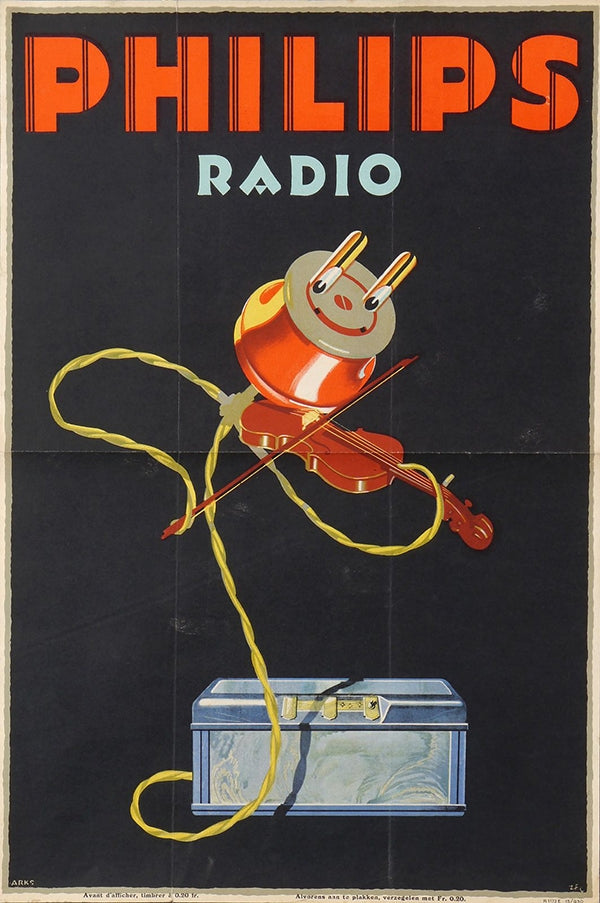Many of the renegades gathered again late that afternoon in Chip’s garage. It seemed to be a ritual. Get off work, have a beer at Chip’s, go home to the family.
Chip and Candy told them all about meeting Willie G. Davidson, grandson of the founder of Harley-Davidson, at the dealership, and how he remembered me from Ruidoso. I had to repeat the whole story over again of how I almost got charged with vehicle theft. That seemed to score a lot of points.
Spider showed up with his sister, Evelyn, and she reminded me that we had plans to go for a ride the next day. I got directions to her place and promised to meet her there at 12:30.
Everyone was gone by 7 pm and Candy prepared a great meal for Chip and me. Over dinner, she suggested that Evelyn was not a conventional girl and that I shouldn’t allow that to put me off. When I asked for details, Chip interrupted, “let’s not bias Montana against Evelyn, Candy; he’ll figure it out.”
“She’s not a dude, is she?”
“No, nothing like that, she just has some different ideas that you might need to adjust to.”
“Fine, Chip, I’ve been exposed to all kinds of new ideas on this trip.”
I went to bed wondering what the hell they were talking about.
The next day I got to Evelyn’s place as agreed at 12:30. She lived in a third floor apartment overlooking the Mississippi River. She greeted me at the door dressed in black leather pants, a white T-shirt, and a red shawl. The place was immaculate and furnished in modern chic – all glass, chrome, teak, and pastel colors. There was a portrait of a blond Christ above the fireplace.
“Would you like some coffee, tea, or a drink?” she asked. She didn’t have a beer so she poured me a bourbon and drank tea.
“You don’t drink?” I asked. “Yes, but not this early in the day.”
“This stuff is delicious,” I commented.
“Yes, it’s my roomie’s favorite. I met her in dental school and she’s a hygienist also.”
Now I was wondering if she was gay.
On the way to the bathroom, I noticed photos of Black people on the walls of one of the bedrooms. I assumed that was her apartment mate’s room and that she was Black. I was starting to like Evelyn already.
“Do you have a place picked out for lunch?” I asked.
“I do,” she responded, “It’s a few hours away but the road follows the river. It’s a scenic ride – perfect on a bike.” I didn’t argue.
She had a leather jacket that matched her pants and a black helmet with pink highlights. Her black boots featured the same pink highlights. She looked terrific.
She got on my bike without stepping on the peg; she simply swung her long leg over the seat while the other one was still planted on the parking lot. Athletic, as well, I thought to myself. She put both her arms around my waist and off we went.
The road following the Mississippi was indeed lovely. Lots of trees, farms, distant hills and picturesque towns. I cruised the bike at 45 and just enjoyed the scenery. Evelyn gave me history lessons on the various little towns and buildings along the way. After several delightful hours, we got to a pleasant town named Winona characterized by lots of historic buildings and a 19th-century gingerbread steamship parked on the river.
She directed me to a restaurant right on the river with a wall-length, curved window overlooking the water. It was charming. She beat me to the door and opened it for me.
“I was going to do that,” I protested. She didn’t respond.
We ordered oysters as an appetizer and seafood for lunch. Then she ordered a bottle of wine.
“I noticed the image of Christ above your fireplace and wondered if you are religious,” I asked.
“I was raised Catholic and still attend church. The services are a bit stuffy but the music is mesmerizing, especially the chorales with the organ,” she responded. “I read the Bible, as I think Christ has a lot to teach us.”
“I agree with you. I love Baroque choral music and it mesmerizes me as well. As a historical figure, Christ has to be one of the most courageous men in history, standing up to the establishment the way he did. I agree that Christ has a lot to teach us, although I don’t pretend to understand it all.”
“I don’t understand all of it either,” she responded, “but the music carries me to a place far removed from my world and into another dimension. I like to think it’s a dimension closer to God.” She added, “It’s kind of a cruel joke to land a person in the middle of foreign territory without telling us where we’re from or where we’re supposed to be going.”
“What are you talking about?”
“People. Here we are on this planet, we don’t know where we came from, what we’re supposed to be doing, and where we’re going in the end. It’s like giving someone an amnesia pill, dropping them in the middle of a foreign culture, and telling them to have at it. What are they supposed to do?”
“Get scared as hell?” I ventured.
“And we do, then we grasp at whatever system seems to make sense. I chose Catholicism because I was raised in it, and I know the people in the church, so I have a social support system. But does the Christian religion reflect the absolute truth? Who knows; certainly there is enough in Catholic history to suggest the opposite.”
“Wow, that’s interesting; sounds like you’re at some kind of crossroads, if you’ll forgive the pun.”
She smiled. “I think everyone ponders such things whether they are religious or not.”
I agreed and told her about my experiences with the Bhagwan the week prior. She seemed very interested, and then asked a fascinating question.
“When you were chanting with the others, did you feel you were in the same place as when you are mesmerized by Catholic church music?”
I had to think about that for a moment. “I’m not sure if the experiences are the same, but either way, I come out of it with a lot of love and compassion for those around me.”
“Perhaps the Creator tries to reach us in different ways, and perhaps we ought to respect those different ways if the fruits are as you just described; love and compassion for those around us.”
“Maybe that’s all we’re supposed to learn in this lifetime,” I answered.
She smiled and we toasted with the wine.
The food was delicious and we spent too much time talking in the restaurant. As the sun reflected off the distant hills in more reddish tones than blue, it became apparent that we should head home if we were to ride in natural light.
I asked for the check, but wasn’t allowed to pay it. She slipped a credit card into the waiter’s hand before he could even set the check on the table. “You provided the vehicle and the gas,” she said, “I’ll provide dinner. I don’t want to feel like I owe you.”
She was different all right.
She chose a faster route home and we got to her place just as the last rays of the sun disappeared. “Would you like another glass of wine?” she asked as we got to her door, “I have an especially good one.” I didn’t expect that either.
We talked and drank that bottle of wine till it was finished, which wasn’t till the flip side of midnight. “I should be heading back before Candy starts to worry about me,” I told her.
“Why don’t you just crash here?” she asked.
“I was hoping you’d ask. I can sleep on the couch.”
“You can sleep with me,” she responded, “but you should know that I intend to remain a virgin till I get married.”
I was confused again.
Then she added, “But I give a great Shiatsu massage.”
As I left Candy a message telling her I wouldn’t be coming back that evening, I watched Evelyn rip the sheets off her bed, place a vinyl fitted sheet over the mattress, and replace the fitted cotton sheet over the top.
Then she proceeded, without hesitation, to take off her clothes.
I was taken aback by her boldness.
“What are you waiting for?” she asked.
I stripped and she directed me onto the bed. Then she slathered me in baby oil and gave me the slowest, best massage of my life. When she was done, I returned the favor. We awoke with the softest skin in Christendom.
It was a divine experience.
Previous installments appeared in Issues 143, 144, 145, 146, 147, 148, 149, 150, 151, 152, 153, 154, 155, 156, 157, 158, 159, 160, 161, 162, 163, 164 and 165.
Header image courtesy of Pixabay.com/kalhh.




